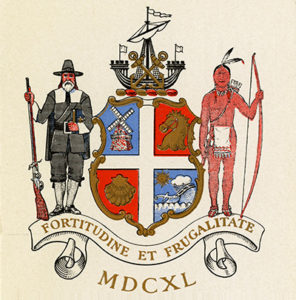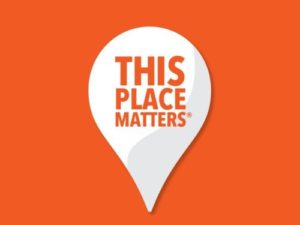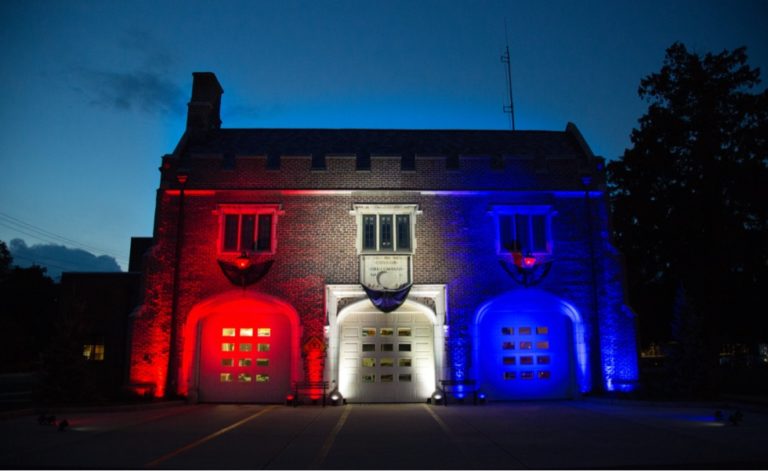Celebrate Greenwich
Founders Day, July 18th 1640-2020

Each year on July 18th, we celebrate the founding of the European settlement of Greenwich.
This year, we invite you join us in a virtual celebration of our Town. In an unprecedented year in our history, we take time to reflect on the story of our founding, the interpretations of our history, the landscapes, places and personalities that have, and continue, to shape this place we call “home”.

The Official Seal of the Greenwich Historical Society
The Official Seal of the Historical Society of the Town of Greenwich (as it was then known) was designed at the time of our founding in 1931. In this video, Greenwich Historical Society Curator of Exhibitions and Collections Maggie Dimock delves into the at times complicated historical context of the seal’s creation, and offers a deeper critical reading on the storied event depicted in the seal’s center – the meeting between English colonists Captain Daniel Patrick and Robert Feak and three members of the Weichquaesgeck people on July 18, 1640.
The Original
Town Deed
Connecticut State Representative Livvy Floren, reads the original town deed, signed July 18, 1640.
The Proclamation
Greenwich First Selectman Fred Camillo presents this year’s official proclamation and a greeting to the community!
What’s your wish for the future of Greenwich?
The Greenwich Historical Society represents Greenwich at its core—a town as firmly rooted in our nation’s past as it is in shaping its future; home to economic leaders from early farmers to Gilded Age barons, local merchants to global business trailblazers; committed to the arts— as the cradle of American Impressionism to the inspiration for artists, writers, designers and architects. With its proximity to rocky coastline and rolling hills, Greenwich is New England village and New York suburb; global and local in its interests, perspectives and influence.
In our 381st year, and 90th year as a Historical Society committed to interpreting our evolving story, we invite you join us in voicing your hopes and dreams for the future of Greenwich!
Greenwich Faces
At the Greenwich Historical Society, we preserve and interpret Greenwich history to strengthen the community’s connection to our past, to each other, and to our future. Curator of Library and Archives, Christopher Shields, with the generosity of community volunteers, works to expand our collections of photographs, documents and artifacts thats tell rich and enduring stories of our town. Greenwich Faces showcases snapshots of the people who have called Greenwich “home” through the decades. Find more on our online image catalogue, and library archive.
Our new self-guided historic Greenwich Point Tour
Greenwich Point, originally Elizabeth’s Neck, was site of the original deed signing. In the years since, it has been farm land, Great Estate, golf course, veterans refuge, and a public space for recreation for the Greenwich residents to enjoy the beautiful coastline. Life -long resident and Historical Society researcher John Bridge presents a new self-guided online tour. Enjoy!

This Place Matters! Photo Contest Winners
We are grateful for the many submissions to our annual This Place Matters! photo contest. We received heartwarming images of Greenwich residents coming together in support of each other, rallying, speaking out, pitching in, and offering support, reassurance, serenity and small glimpses of great joy in difficult circumstances. Thanks to Greenwich Magazine for selecting and featuring the winning photos in an upcoming issue!
FIRST PLACE: On the front line
By Tyler Sizemore

SECOND PLACE: Good Question
By David Kaplan

THIRD PLACE: Cos Cob Firehouse
By Sebastian Dostmann


